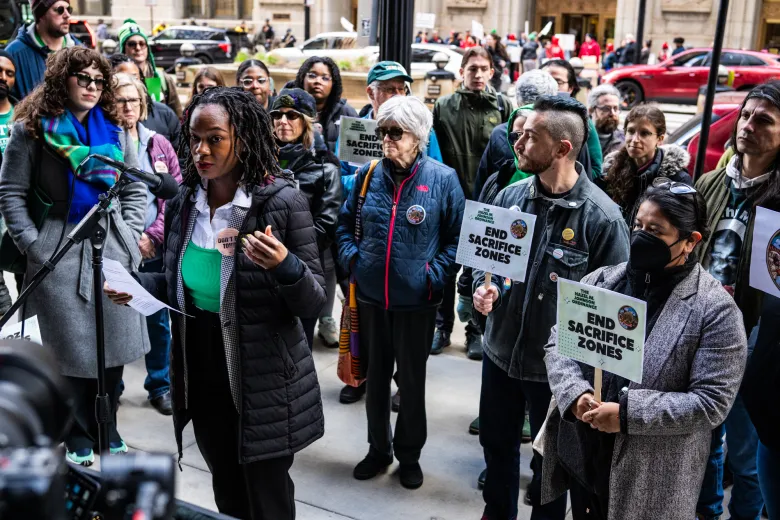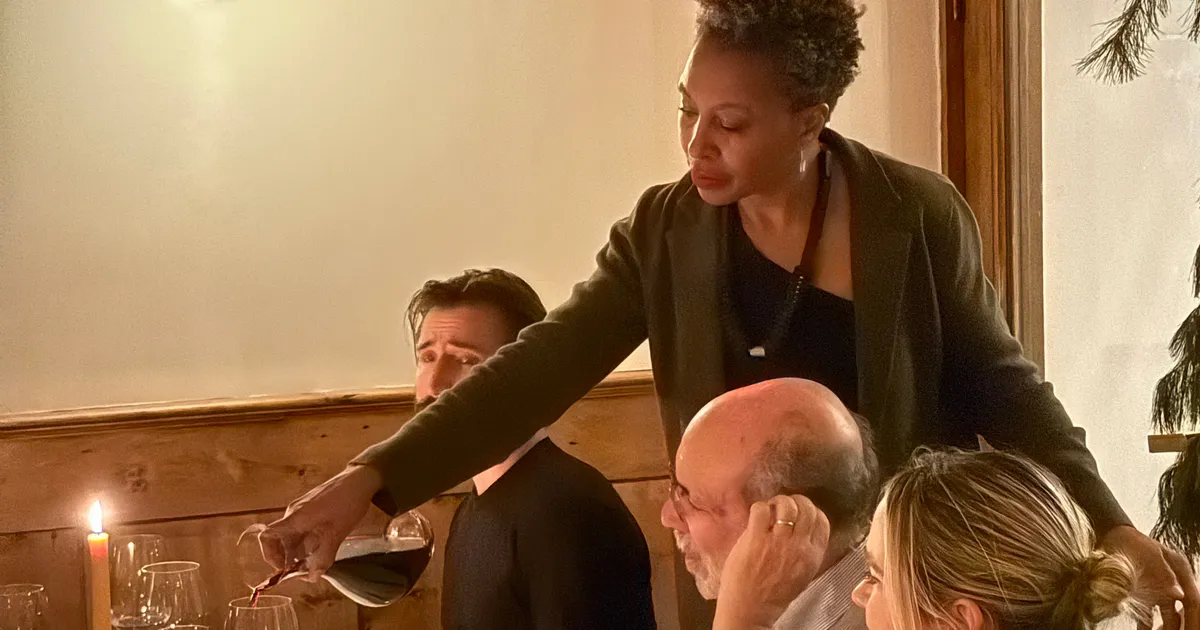Chicago city leaders are preparing to introduce a major ordinance that could dramatically reshape how industrial businesses are located and managed. Sparked by a civil rights settlement from 2022, this proposal aims to protect low-income communities of color from bearing the brunt of pollution.
If passed, the ordinance would require city officials to consider a community’s existing pollution burden before approving new industrial projects—an unprecedented move for the country’s third-largest city. It seeks to address long-standing patterns of environmental discrimination, especially in areas like the South and West Sides, where industrial activity has historically been concentrated.
Chicago’s Proposed Ordinance Represents Local Leadership Amid Federal Rollbacks on Environmental Justice
The proposal is being introduced at a time when federal protections for environmental justice are being rolled back. Under the Trump administration, longstanding mandates aimed at addressing pollution disparities were dismantled. In contrast, Chicago’s proposed ordinance stands as a defiant example of local-level leadership on environmental issues.
Advocates hope it can serve as a national model for how zoning laws and permitting can be reformed to protect vulnerable communities from becoming so-called “sacrifice zones” for polluting industries.

The ordinance has deep roots in local activism, particularly from leaders like Cheryl Johnson, whose mother, Hazel Johnson, is considered a pioneer of the environmental justice movement. Hazel began organizing in the 1970s to fight for clean air and water in public housing areas surrounded by industrial pollution.
Today, Cheryl continues that mission through People for Community Recovery. Their efforts, alongside other organizations, led to the 2020 civil rights complaint that triggered federal scrutiny of the city’s zoning practices, ultimately culminating in the proposed legislation.
Community Divided Over Ordinance’s Strength and Enforcement, Despite Promising Progress
While the proposed ordinance marks a significant step forward, not all community members are satisfied. Some activists, like Theresa McNamara of the Southwest Environmental Alliance, argue that the measure lacks the strength needed to bring real change, dismissing it as ineffective.
Experts warn that the ordinance’s impact will depend heavily on whether city officials have the political will and resources to enforce it. Similar legislation in places like Newark has struggled with implementation, often becoming more symbolic than substantive.
Despite concerns, many see the ordinance and the establishment of an environmental justice advisory board as a critical step forward. For advocates like Oscar Sanchez of the Southeast Environmental Task Force, the measure represents progress in a broader fight, especially as federal support wanes.
With more states adopting similar policies, Chicago’s initiative reflects a growing recognition that local governments must take the lead in addressing environmental inequities. As Sanchez puts it, communities are increasingly empowered to push for cleaner, healthier environments through grassroots action and policy change.


